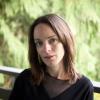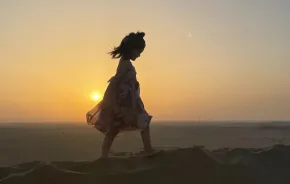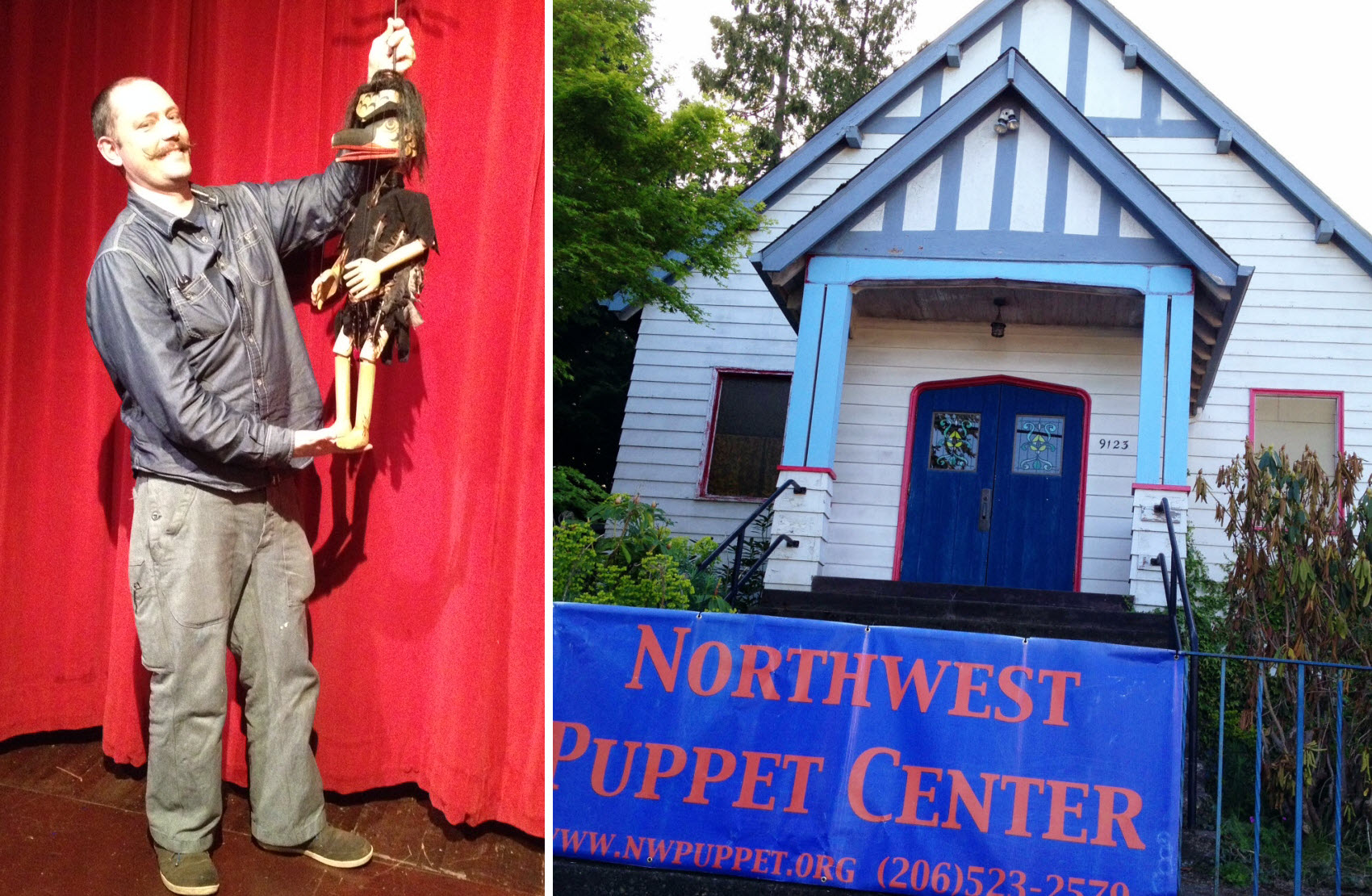
Editor's note: As part of ParentMap's 2015 "Making it Work" theme, this is the second of an interview series on how Seattle-area parents in a variety of professions balance work, home and creative life.
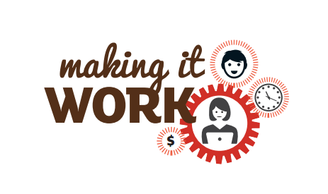 Live performance art enthralls children, and — when made miniature as in puppetry — creates a magical kid-sized world to a young audience. Imagine growing up in this world with parents as professional puppeteers: That was the experience of Dmitri Carter, a second-generation puppeteer now running the Northwest Puppet Center in Seattle's Maple Leaf neighborhood. Dmitri, who manages the company with his sister, continues the legacy of craft and original staging started by his parents Stephen and Chris Carter, award-winning founders of the Carter Family Marionettes, who trained with master puppeteers of Romania, Sicily and China.
Live performance art enthralls children, and — when made miniature as in puppetry — creates a magical kid-sized world to a young audience. Imagine growing up in this world with parents as professional puppeteers: That was the experience of Dmitri Carter, a second-generation puppeteer now running the Northwest Puppet Center in Seattle's Maple Leaf neighborhood. Dmitri, who manages the company with his sister, continues the legacy of craft and original staging started by his parents Stephen and Chris Carter, award-winning founders of the Carter Family Marionettes, who trained with master puppeteers of Romania, Sicily and China.
Dmitri is a parent to a 13-year-old son, and graciously sat down with us to answer questions about balancing work as an artist and theater manager, and family life. With a legacy of his parents merging those worlds, Dmitri shares his insights as someone for whom art is just part of life.
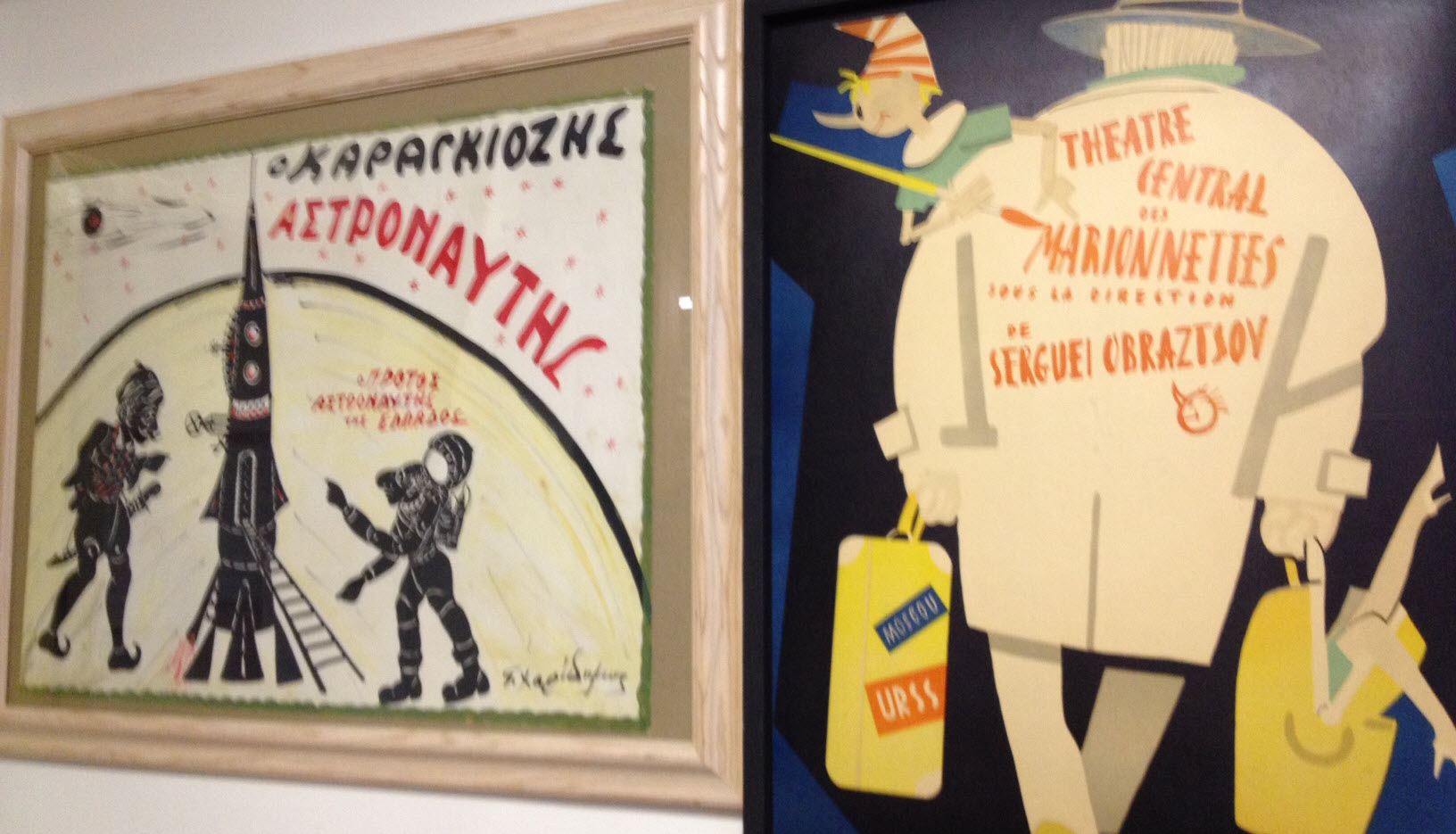
1. How did you come to this profession?
For the most part, puppetry has been passed down from one generation to the next. Much like the old circus families, this performance art has often been itinerant troupes with kids helping out their parents and learning skills along the way. That is how I got my start. Some of our longtime fans remember (and often remind me) that I was crawling around during shows while my parents [Stephen and Chris Carter, the founders of the Northwest Puppet Center and Carter Family Marionettes] were performing. I began helping out as soon as I could climb on the marionette bridge (the structure behind or above the backdrop where puppeteers stand) but I was too short to reach over the backdrop rail so there was a little box for me to stand on.
My first international gig was a festival in Mexico; that must've been before I started kindergarten. In second and third grade, our family was in Romania where my dad had a Fulbright Fellowship studying puppetry. By that time, my sister and I were full-fledged members of the troupe. Upon returning to Seattle, our family established Northwest Puppet Center.
By the time I was a young adult and started thinking about a career, I already had over a decade of professional experience in puppetry. I stuck with it and am without regrets.
One fascinating aspect is the universality of puppetry. It is found in cultures all over the world and dates back to prehistoric times so you never run out of new things to learn. It is also a surprisingly tight knit group of artists eager to share and collaborate with each other.
2. What’s your most notable current project?
For the past few years and the foreseeable future, my focus has been on an incredible project which is transforming the organization and turning Seattle into an international hub for puppetry: The Cook/Marks Collection (a private collection from California), with several thousand puppets and a couple thousand puppetry books, has been donated to Northwest Puppet Center. ...
Spanning a few centuries, the Cook/Marks Collection has works by individual artists and examples from many of the world's important puppetry traditions. It is an honor to be helping preserve the legacies of artists such as Remo Bufano (a Guggenheim Fellow in 1929), Bruce Schwartz (the only puppeteer in history to receive the MacArthur "Genius" Award), Tony Sarg (famous for his work as an illustrator as well as for his puppetry) and countless others.
Along with all these puppets for our museum collection, this infusion of books has turned our puppetry research library into the most extensive in the Western Hemisphere.
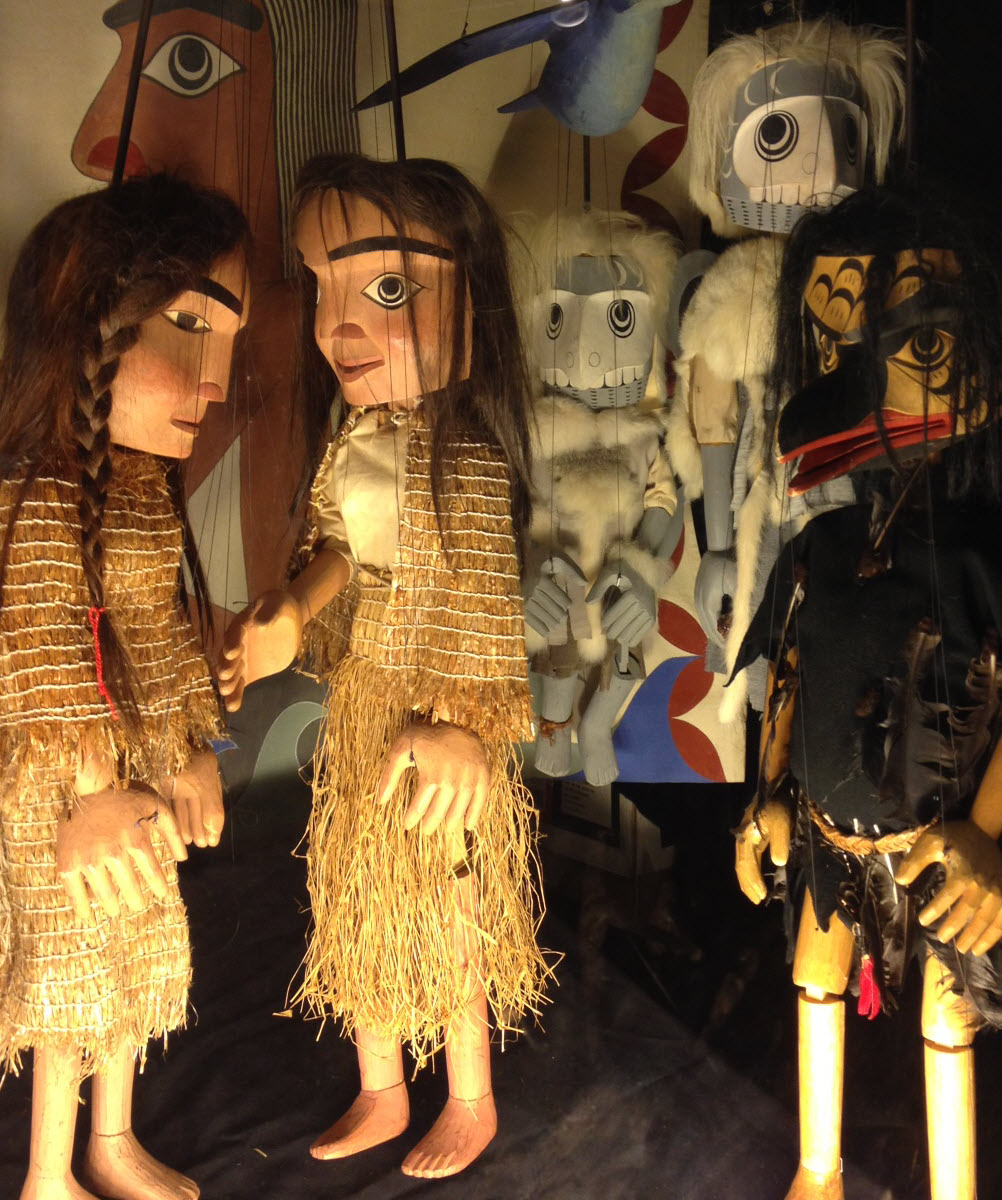
3. Tell us about your son
Francisco is now 13. In this family, he didn't really have much choice but to grow up surrounded by puppetry. Francisco helped out more when he was younger, partly because it isn't as easy to skip school these days.
Even so, Francisco has had some experience in the family trade. His first European tour was when he was 5 years old. We were performing our production of Haydn's Die Feuersbrunst (an opera composed especially for marionettes) at The Sansoucci Palace Theatre in Potsdam, Germany. It is a spectacular Baroque hall with gold decor and red velvet seats embroidered with Frederick the Great's royal crest. Francisco was quite proud because, for the first time, he saw his name in the program being handed out to all the audience members.
Francisco also had some good adventures when in Nagoya. Japan-US Friendship Commission had awarded me with the Creative Artist Fellowship, a joint project of National Endowment for the Arts and Bunkacho (Japan's Ministry of Culture). My focus was on karakuri ningyo, a special puppet ritual performed atop giant chariots outside of shrines. They are pulled through the streets with giant ropes, the size of the ones used to lash our state ferries to the docks. Francisco was invited by one of the karakuri associations to help drag one of these puppet chariots through the streets. While in Japan and at Francisco's suggestion, we also climbed Mt. Fuji when he was 7 years old.
4. What is the best advice someone gave you when you started down your professional path?
Perhaps I was a teenager at the time or a young adult but I remember a card written by George Latshaw (an influential puppeteer of an earlier generation). He had seen us perform at a festival and paraphrasing, he wrote something like "It isn't always an easy profession but it makes for an interesting life." I often think about that because, for me, having these experiences and camaraderie with colleagues is more important than the certainty that I'd make more money in almost any other profession.
5. What are 2-3 strategies you use for “making it work” – balancing creative work and family life?
I try to always make some time to be a dad and do whatever Francisco wants to do. Kids are only kids for so long. Art will still be here after he is grown up.
6. If you could change one thing about your family/work situation, what would it be?
I always dream about not needing a car in my daily life. I haven't figured out how to make that work yet. Life is a little too hectic with running around, chauffeuring Francisco and needing to schlep stuff. During my fellowship in Japan, life without a car was one of the wonderful things that I was sad to leave behind.
7. What are your go-to family meal solutions?
I enjoy cooking. It is a nice little bit of time in the kitchen to decompress and forget about all the daily rushing about. I like making calzone. Lately, Francisco has been frequently requesting pizza instead. From scratch is too much work so I cheat by using the premixed dough. I've started trying to make pho. That seems to be turning into a new stand-by. To add a little green, we often have some seaweed on the side.
8. What helps your family get out the door in the morning?
Nothing. Mornings are evil. Even so, Francisco has his morning routine down to about 20 minutes. He is up, dressed, grabs a bite, checks some of his digital feeds and is out the door. I don't think I was as efficient at his age.
9. Favorite family getaway?
I suppose Lopez [Island]. For a few generations, the family has had ties to the island. My grandparents both taught at the high school for several years. Now my parents have built a little cabin up there for themselves. Always nice to escape from the hectic-paced mainland.
[Francisco] enjoys finding epic things to do. Last winter he came up with the idea that we should camp on Hurricane Ridge. I did a little research to make sure we wouldn't die. Despite all the wind and snow, we were up there one night in December, each in our own hammock. As a parent it is good to mitigate the risk of life or limb but it is also good to go out and have some memorable adventures.
10. Have you ever reached the point where you realized you had to do things differently as a working parent and if so what did you do?
When Francisco was little, I was invited to a meeting in Spain. One afternoon, after our meetings had ended for the day, a puppeteer from Switzerland and I took a little hike in the foothills surrounding the town. He said many of his fellow artists thought you had to make sacrifices for your art but he didn't think so. Before that, I hadn't really thought about it at a conscious level but in many ways I agree.
I'm not willing to sacrifice everything and ignore all other aspects of life for art. Art has a special role in society and in a person's life but it is only one element to finding fulfillment. As I mentioned earlier, when my kid is grown up, art will still be there.



